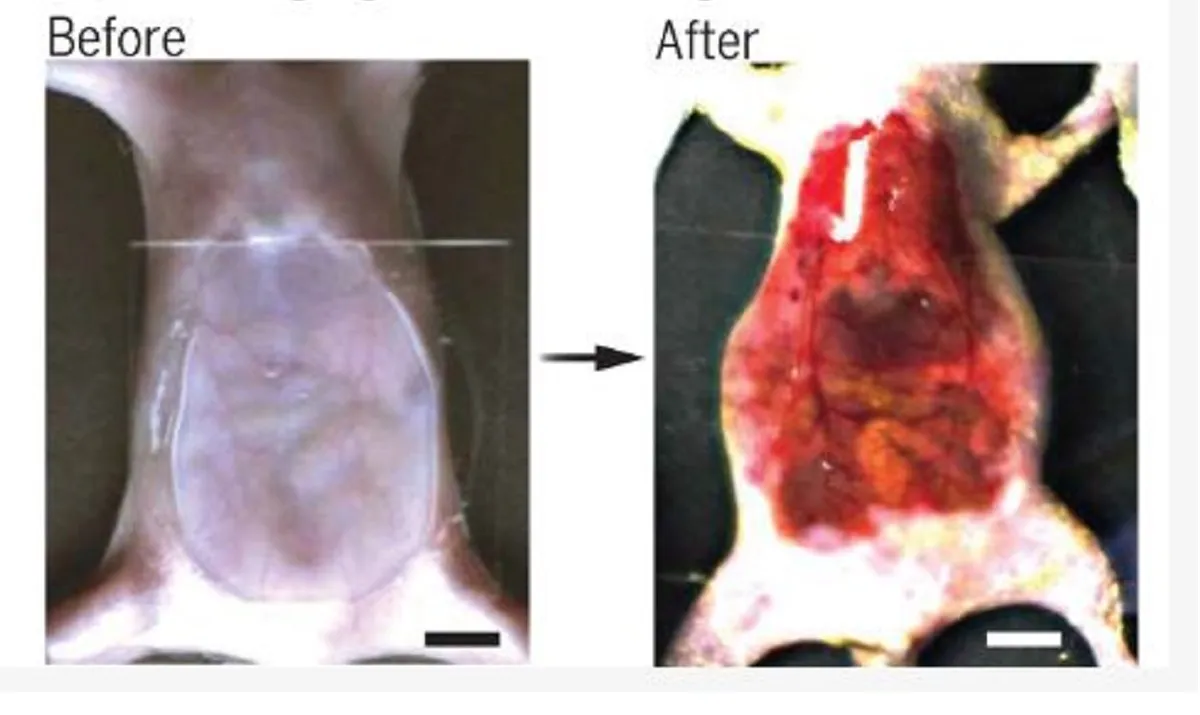Transparent Mice: A Revolutionary Approach to Visualizing Internal Organs

Understanding the Technique Behind Transparent Mice
Scientists have discovered a fascinating method to create transparent mice, allowing for greater visibility of their internal organs and systems. This process employs a common food dye, frequently found in snacks like Doritos, to make the skin of the mice transparent. This innovative technique holds promise in medical research, particularly in studying internal organ functions and disease mechanisms.
Applications in Medical Research
The implications of this technique extend far beyond mere observation. By utilizing transparent mice, researchers can now:
- Conduct in-depth studies on organ interactions.
- Observe disease progression in real-time.
- Evaluate the effects of new treatments on visible internal structures.
Conclusion: A Leap in Visualization Technology
This novel approach to creating transparent mice significantly enhances the toolkit available to medical researchers. As scientists further explore the potential of this methodology, we anticipate numerous breakthroughs in understanding complex biological systems and their responses to various conditions.
This article was prepared using information from open sources in accordance with the principles of Ethical Policy. The editorial team is not responsible for absolute accuracy, as it relies on data from the sources referenced.